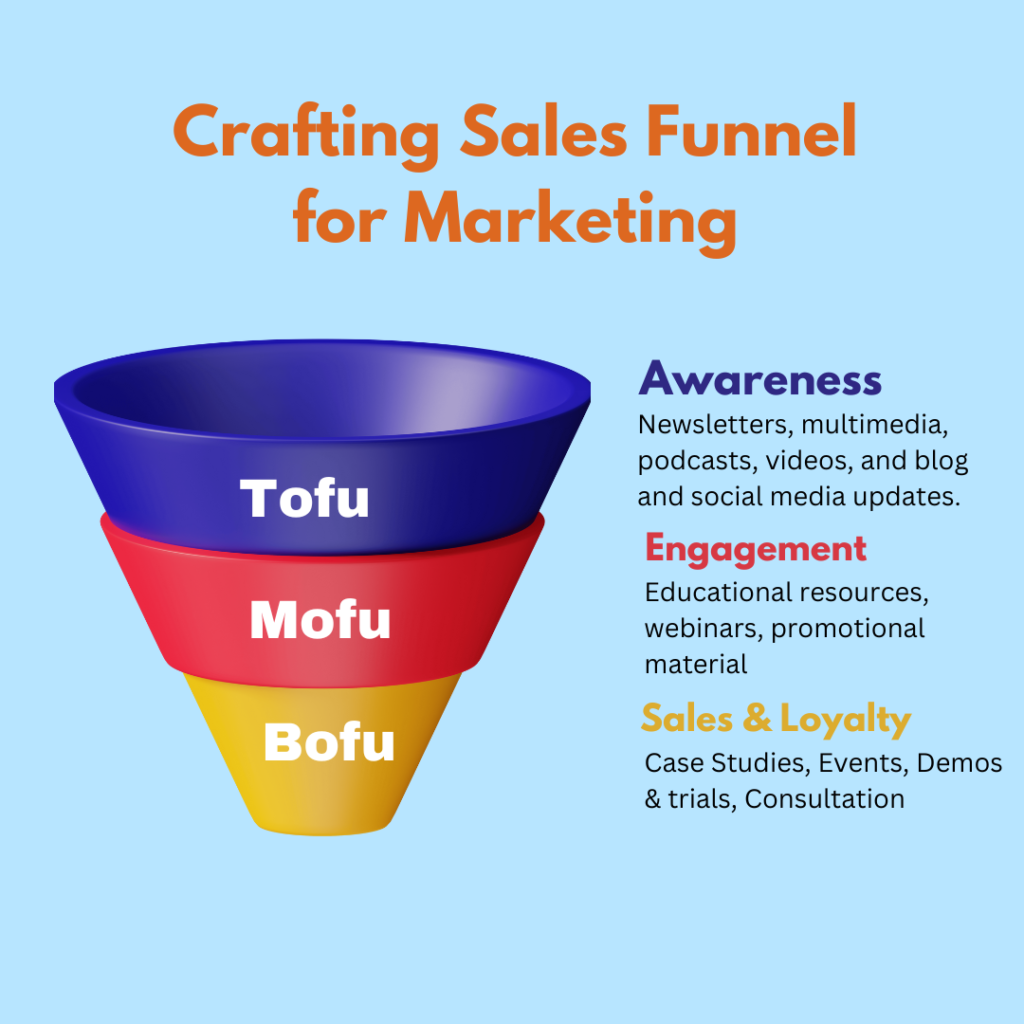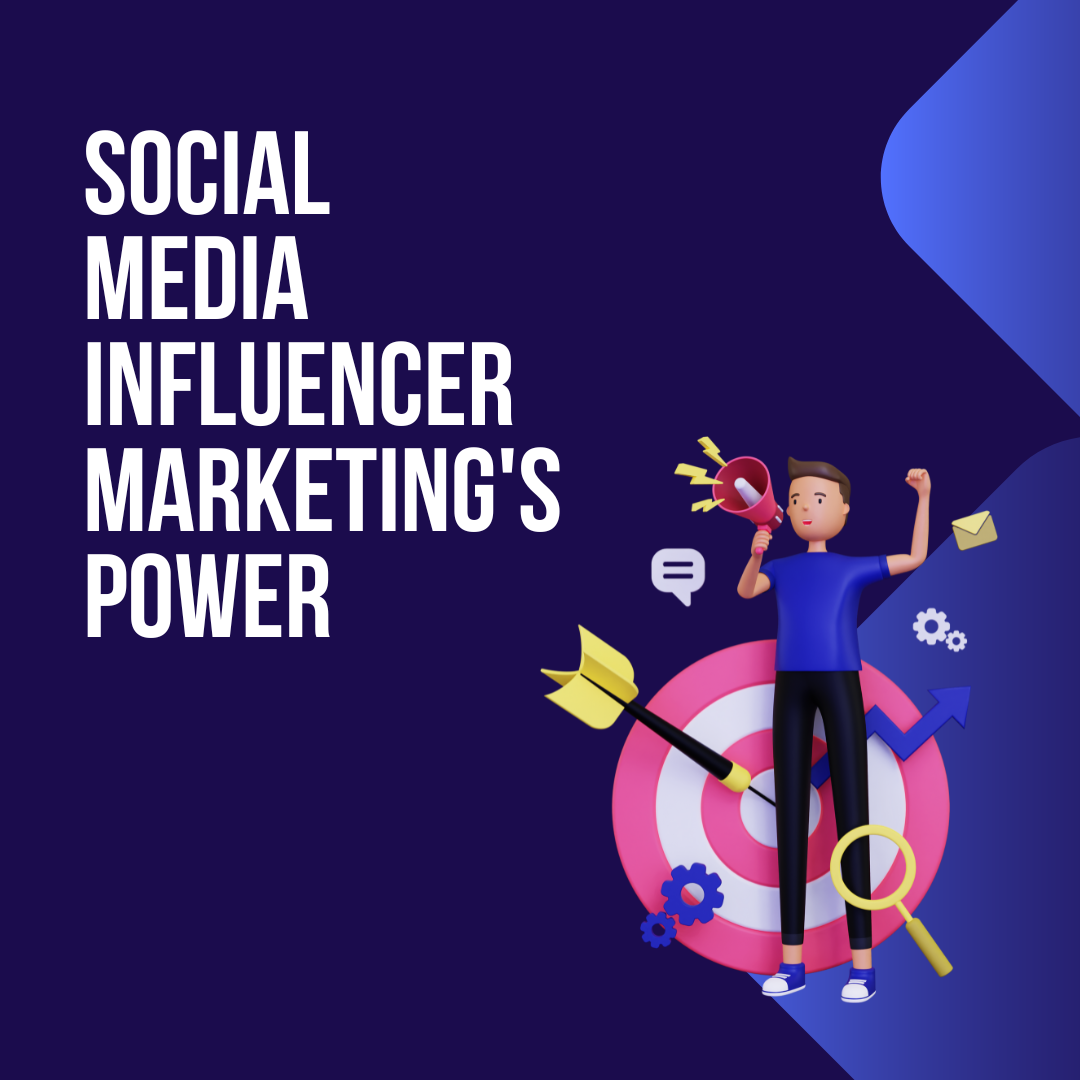Social Media Influencer Marketing to Monitor in 2024 to Ensure Success
Have you ever wondered how those famous people on social media make products look so cool? It’s not magic; it’s called Social Media influencer marketing!
Social media influencer marketing involves companies partnering with individuals who have a large following on social media. These individuals, known as influencers, promote the company’s products or services to their followers.
Today’s buyers are more informed than ever, and as sales and marketing professionals, it’s our responsibility to educate and provide relevant information at each step of the buyer’s journey.
The projected increase in brand spending on influencer marketing advertising from $30.81 billion in 2023 to $47.8 billion by 2027 is expected.
Influencer Marketing KPI: What Is It?
An influencer marketing campaign’s performance is measured by an accurate and quantifiable parameter called a key performance indicator (KPI).
Tracking KPIs helps you understand what works and what doesn’t, whether your goal is to increase sales or brand awareness. This knowledge will help you make wise decisions, make the most of your efforts, and guarantee a solid return on investment.
Outstanding campaigns take time to develop. To get it right, you need a solid working relationship, a well-thought-out plan, and a creative method.
You must first establish your marketing goal to determine which KPIs are most significant to you.
It allows you to decide if the campaign is going to be a BOFU, MOFU, or TOFU play.
MOFU, BOFU, and TOFU: what are they?

Although this funnel offers a fundamental framework for any organization to begin with, the specifics will differ significantly depending on your target audience. Understanding your buyer and their pain points should be your first step in creating your TOFU, MOFU, and BOFU stages, which should be tailored to your buyer persona. It is only after that that you can properly adjust your content for these stages.
Every step needs to offer the right method of marketing to attract leads’ attention without coming across as overly forceful.
Your lead and nurturing efforts must offer the right type of content at each phase of the buyer’s journey—and yet 65% of marketers report being unsure of what content is best for each stage.
Top of the funnel (TOFU)
During the TOFU awareness stage, you want to reach as many people as possible who are seeking more information about what their problem may be. This is the stage where you have the broadest and most general audience.
At this point, you just want to make sure you are their information source because over 80% of consumers conduct online research before making a purchase. To ensure that your TOFU content is relevant for your buyer—this is their first opportunity to find you—use keyword planning to identify subjects and keywords.
Some ideas for relevant TOFU content categories are here:
Blog
Construct an overview blog article that addresses a particular issue or pain point that readers can readily locate by conducting keyword research.
Social media
Know what channels your buyers are on and focus your efforts accordingly.
Infographic
Provide a visual representation of the issue or query to purchasers using an infographic.
Social media
Understand which platforms your customers use and direct your efforts there.
Video
At this point, videos should just discuss the issue and not provide a solution. They should also be brief.
E-book/whitepaper
Write a longer, more detailed article about the issue your customer is facing.
Quiz
Find out more about your customers by probing them about the issues they’re having.
Middle of the funnel (MOFU)
In the process of continuing to educate, MOFU content should discuss why you are the best option. While leads are still warm, use this to explain how your service or product can benefit them. Offering gated information at this point can be a smart way to get buyers’ contact details.
Blog
Respond to a particular question that has a clear connection to your offering.
Whitepaper
Write a white paper explaining in in-depth detail why your solution is the best available.
Help/How-to information
Provide detailed guidance on resolving an issue.
Email drip
Create an email drip campaign that delivers buyer-specific material in a series of nurturing emails.
Template
Allow customers to see how your goods or services may address their needs on their own.
Case study
Provide an example of how your product or service has benefited another business to help potential customers see it in action.
Bottom of the funnel (BOFU)
Your biggest stage is BOFU. Now you are in front of a small group of ready-to-buy, highly qualified leads. Your product should be highlighted in BOFU content, which should also list features, explain how it operates, and list certain advantages that buyers would experience. Present how your offering addresses their problem and outperforms the competition at this moment.
Demo
Demo your product to potential customers so they can see how it functions. Present your characteristics, tie them to advantages, and demonstrate how you perform better than your competitors, whether in person or through a video.
Case studies and testimonials
In this last phase, customer stories are very useful since they are content that generates leads and offers independent verification of your product.
Free Trial
Trial period without cost: Before you try, you never know. Permit customers to try your goods without requiring a significant investment.
Comparing products
Clearly defining the distinctions between you and your competition can assist buyers in understanding the areas where your product or service excels.
How Cybercrime Investigates Digital Data?
The Functions of TOFU, MOFU, and BOFU
Assume that you work in marketing. You’ve noticed a decrease in leads over the past six months, but you’re not quite sure why. From your website, are they lead? leads generated by sales? You conclude that additional research is necessary.
Your website’s lead production is the root of the issue; it’s just not producing leads the way it used to, according to your team’s internal analysis and internet research. Because you have distinctly identified your issue and are dedicated to learning how to address it, you have now reached the MOFU stage of the sales funnel.
At this point, you’re entering the BOFU stage of the sales funnel, because you have defined your solution—you know you need to execute an inbound marketing strategy. While you don’t have all the internal resources to make this happen, you’re looking at several inbound marketing agencies that can act as an extension of your team.
Buyers today expect a better experience. You can’t resort to cold calling and pressuring buyers—instead, you need to focus on educating and providing resources as they progress logically through the funnel.

